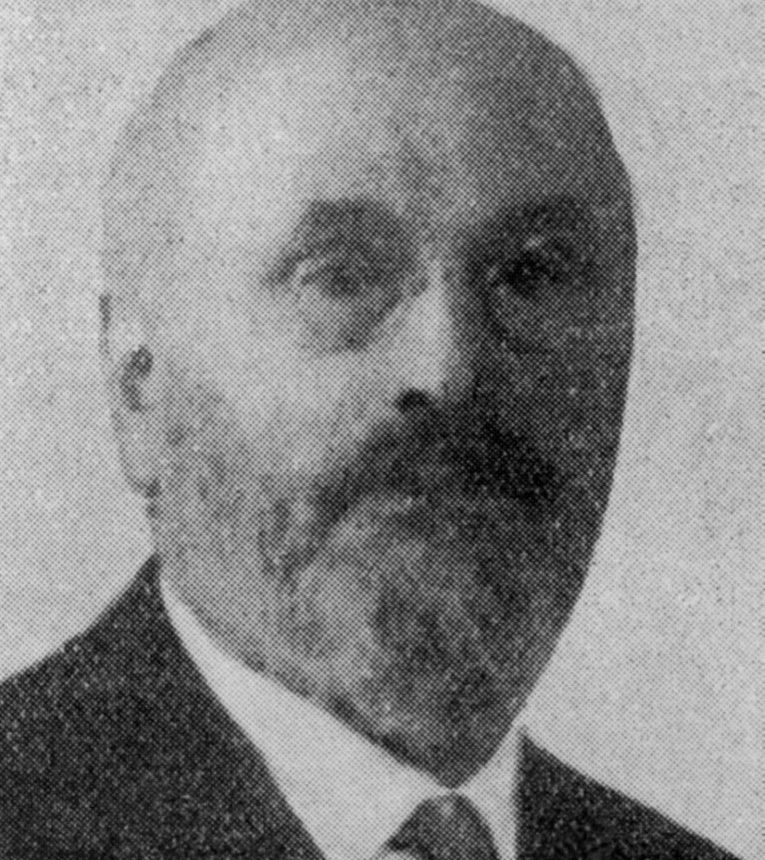Nathan RAPOPORT
January 5, 2019Fernand VAGO-WEISS
January 5, 2019Léopold Séménovitch SINAIEFF-BERNSTEIN
VILNIUS 1867 – DEPORTED TO AUSCHWITZ 1944
Léopold Séménovitch Sinaieff-Bernstein received a traditional education. He had a talent for drawing, wood carving, and modeling. He studied at the Art Academy of Vilnius. In 1881, he arrived in Paris and took sculpture classes at the Ecole des Beaux-Arts, where he studied under Jules Dalou and Auguste Rodin. In 1893, Sinaieff-Bernstein exhibited his works at the official exhibitions in Paris and was awarded a silver medal at the World Fair in 1900. He was decorated with the Legion of Honor in 1903. That same year, he was awarded a third class medal.
During the Occupation, he did not worry and continued to work. He was arrested and interned in Drancy. Thanks to his connections, he was released two weeks later. On January 22, 1944, he was summoned to the police station. He was interned in Drancy and deported on January 3, 1944 in convoy number 67. He was murdered by the Nazis.
Stories of Jewish Artists of the School of Paris 1905-1939
FRENCH-ENGLISH
Capitale des arts, le Paris des années 1905-1939 attire les artistes du monde entier. De cette période de foisonnement, un terme est resté, celui d'Ecole de Paris, qui recouvre une grande diversité d'expression artistique. Dans ce brassage dont Montparnasse est le creuset, un groupe se distingue : celui des artistes juifs venus de Russie, de Pologne et d'Europe centrale. Si leurs styles sont variés, un destin commun les rassemble : ils fuient l'antisémitisme de leur pays d'origine. Certains ont connu la célébrité dès les années 1920, tels Soutine, Lipchitz ou Chagall. D'autres n'ont pas eu le temps ou la chance d'y accéder. Près de la moitié a péri dans les camps de concentration nazis.
From 1905 to 1939, Paris attracted artists from all over the globe as the capital of the art world. This period of artistic proliferation became known as the School of Paris, and includes a great diversity of artistic expression. Within the teeming art world centred on Montparnasse, one group set itself apart: Jewish artists from Russia, Poland, and Central Europe. Although their styles were diverse, they shared the common fate of fleeing anti-Semitic persecutions in their home countries. Some became famous in the 1920s, such as Soutine, Lipchitz, and Chagall, while others did not have the time or the luck to gain renown. Nearly half of these artists died in Nazi concentration camps.





